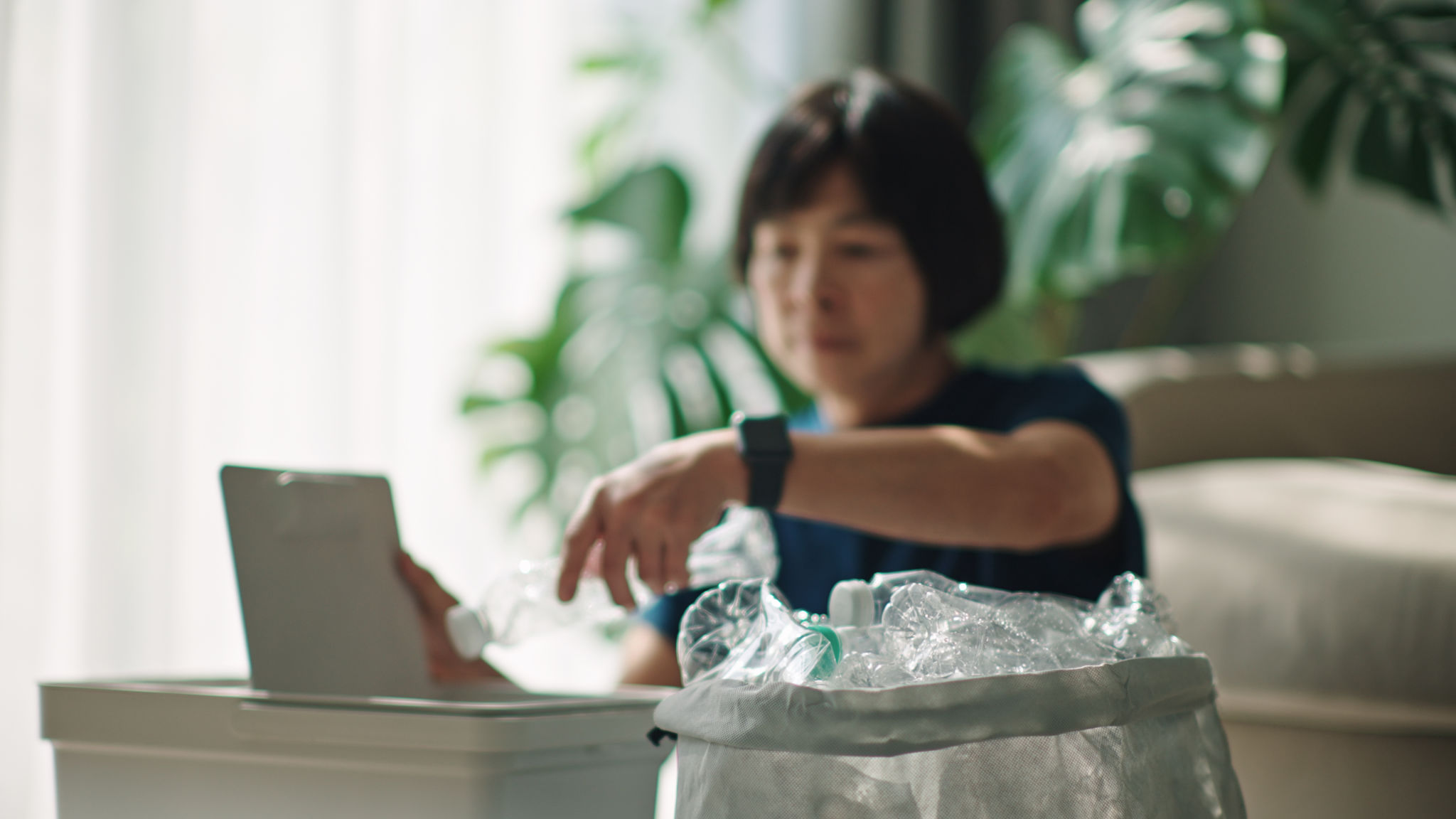Debunking Myths About Reusable Packaging: Facts for Environmentally Conscious Businesses
Understanding Reusable Packaging
Reusable packaging is becoming an integral part of sustainable business practices. However, there are several myths surrounding its use, which can hinder its adoption. This article aims to debunk these myths and provide factual insights for environmentally conscious businesses looking to make informed decisions.
Reusable packaging refers to materials designed for multiple uses in distribution and storage processes. These materials are often constructed from durable materials like plastic, metal, or glass, allowing them to withstand repeated cycles of use.

Myth 1: Reusable Packaging Is Too Expensive
One common misconception is that reusable packaging is prohibitively expensive. While the initial investment may be higher than single-use options, the long-term savings are significant. Businesses can save on costs associated with purchasing new packaging for each shipment.
Moreover, reusable packaging often results in reduced waste management expenses and improved operational efficiency. The ability to use the same packaging multiple times decreases the frequency of purchasing and disposal costs, leading to substantial financial benefits over time.
Myth 2: Reusable Packaging Is Less Hygienic
Some businesses shy away from reusable packaging due to concerns about hygiene. However, modern reusable packaging solutions are designed to meet strict sanitation standards. They are easy to clean and maintain, ensuring they remain safe for use in various industries, including food and pharmaceuticals.

Many suppliers offer reusable packaging options that are specifically designed to be washed and sanitized between uses, eliminating any concerns about contamination or hygiene issues.
Myth 3: Reusable Packaging Is Not Environmentally Friendly
This myth stems from the belief that the production of durable materials negates the environmental benefits of reuse. In reality, the environmental impact of reusable packaging is significantly lower than that of single-use packaging.
- Reduction in waste sent to landfills
- Lower carbon footprint due to fewer production cycles
- Conservation of resources by minimizing the need for raw materials

By choosing reusable options, businesses contribute to a circular economy, where materials are kept in use for longer, thus reducing the demand for new resources and minimizing waste.
Myth 4: Reusable Packaging Is Inconvenient
Another belief is that implementing reusable packaging systems is complicated and time-consuming. However, many businesses find that integrating reusable packaging into their operations is straightforward with proper planning and support from suppliers.
Reusable packaging systems can be customized to fit specific business needs, making them versatile and adaptable to various supply chain requirements. Additionally, technological advancements have made tracking and managing reusable assets more efficient than ever before.
Conclusion: Embracing Reusable Packaging
For environmentally conscious businesses, debunking these myths is crucial to embracing sustainable practices. Reusable packaging offers numerous benefits beyond environmental impact, including cost savings, improved hygiene standards, and streamlined operations.
As more companies recognize these advantages, the shift towards reusable packaging will continue to grow, driving positive change in both business practices and environmental impact.
